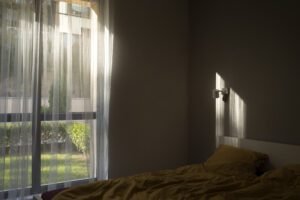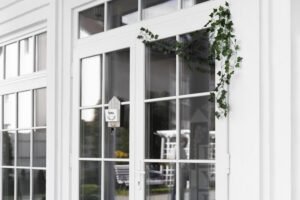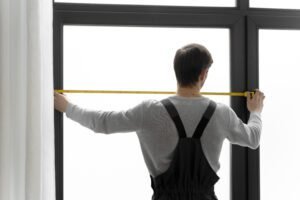What you need to know BEFORE you buy it
If you have ever entered a building and it feels like walking into a greenhouse then you already know how hot the sun-alone can make comfort levels (not to mention heating bills). The good news? There is no need to change all your glass. Heat reducing window film is a perfect, effective and affordable solution to reduce the heat inside, reduce glare and protect from harmful UV rays at the same time.
The only problem is not all window films are the same. If you choose wrong type, you will just burn some money with no significant temperature differences. Then, you may wonder how to choose the most suitable one for your building. Let’s break it down.
How Heat Reducing Window Films Actually Work
Think of these films as a smart shield for your glass. These consist of super tiny layers with multi-layers that either reflects or absorbs parts of the sun’s energy -particularly infrared (which is heat causing)- before they come into your space.
The result?
-
Lower indoor temperatures without straining your AC.
-
Up to 80% glare reduction for screen-friendly spaces.
-
99% UV protection to prevent fading of furniture, flooring, and displays.
The Main Types You’ll Encounter
If you begin shopping from heat control films, you will definitely come across a few main categories:
-
Nano Ceramic Films – High performing films that do not make your windows appear dark or mirrored. Suitable for offices and residential buildings that want to be able to view the outside world naturally.
-
Metalized Films – Exceptional at rejecting heat but usually have a shiny exterior. Widely popular for commercial buildings where maximum heat rejection is necessary.
-
Spectrally Selective Films – Target wavelengths, while allowing light in and blocking heat and UV. Great choice for maximum daylight spaces.
-
Dual Reflective Films – Reduce heat and gain some daytime privacy using a mirrored surface exterior.
Each one has its advantages and disadvantages based on location, architecture, and personal preference.
Factors to Consider Before Choosing
Here‘s what to consider before making a film selection:
1. Climate and Sun Exposure – If your building is exposed to the sun all day, it will require stronger heat rejection.
2. Glass Type – Some films will not work on certain glasses due to thermal stress.
3. Aesthetic Preference – Do you want it clear, tinted, or reflective?
4. Budget and ROI – Higher priced films can cost more initially but save you more longer term if you also consider energy costs.
5. Building Regulations – Some areas have restrictions on reflectivity.
The Installation Process
A good installer will do more than just stick film on your glass. They will evaluate your existing glass type, take exact measurements, do proper planning and precautions for dust-free, bubble-free application. Most installations will take a day or two with minimal disruption.




